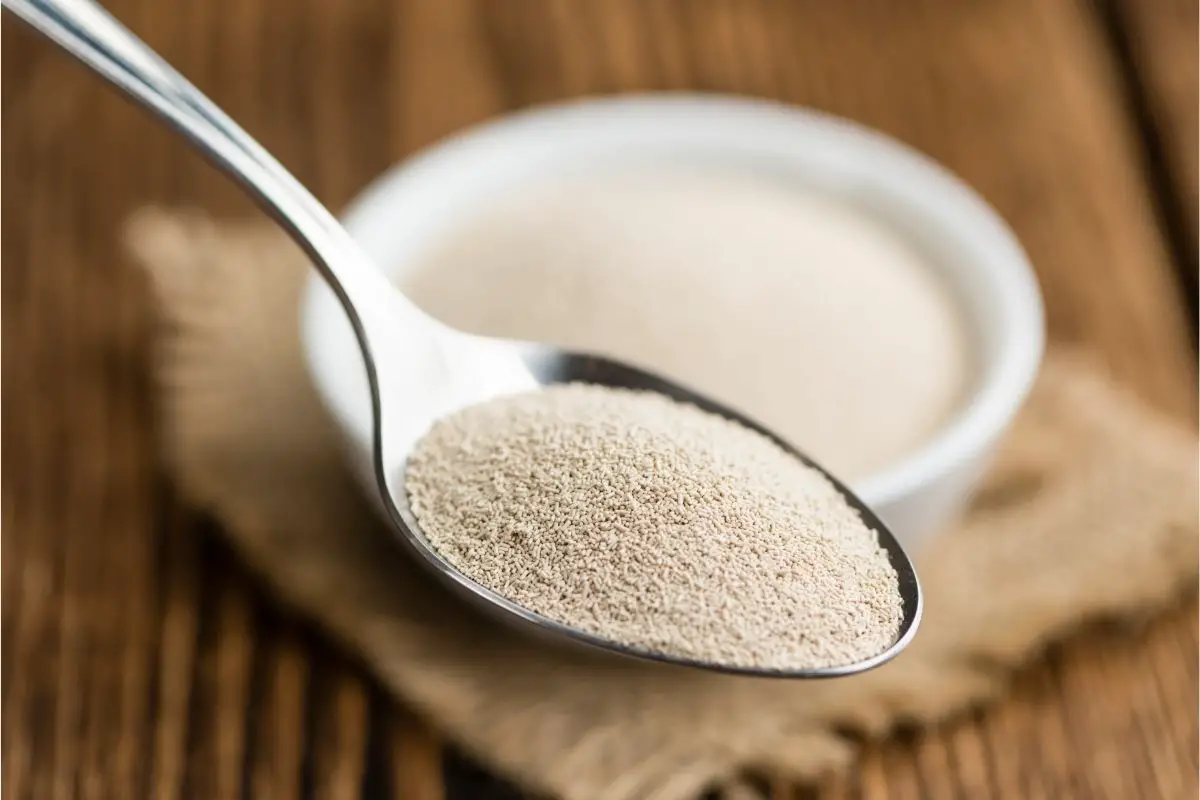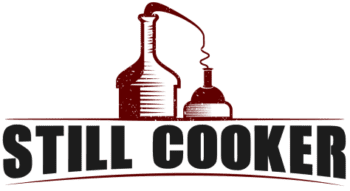Most people know that yeast is necessary for creating delicious food and drinks, like bread, beer, and kombucha. However, not a lot of people know that yeast needs to be activated before it can be used!
If you have no idea how to activate yeast, you’re in the right place! We’ll show you how to activate several different types of yeast below, including dry, instant, fresh, and frozen.

You’ll even learn how to activate yeast in milk, so you can bake treats like milk bread later.
If you’re ready to learn how to activate all these types of yeast, keep reading!
Why Is It Important To Activate Yeast?
Yeast is unique in that it needs to be activated before use. This is because unlike other types of ingredients, yeast is alive.
When you look at yeast through a microscope, you’ll notice lots of tiny yeast cells moving about. The movement is necessary for making bakes, like cake and bread, to rise to the optimum height.
Correct Temperature For Activating Yeast
Before you can start trying to activate yeast at home, you need to understand the role of temperature in the process.
Yeast is a very particular substance. It needs exactly the right temperature range to fully activate. If it’s just a little bit colder than necessary, the yeast will stay dormant.
If it’s a little bit too hot, the yeast will die. Yeast needs to be alive so it can perform and ferment well.
Yeast will activate in a temperature range from 100-110°F, which is 38-43°C. The optimum temperature range will differ depending on the baker, as some believe that a higher temperature is better for activating the yeast.
However, the 100-110°F is a nice range for those new to baking with yeast.
How To Activate Yeast
Below you’ll find the various methods of activating different types of yeast.
Dry Yeast
The term ‘dry’ yeast can be a little confusing, as some yeast products that look dry may be labeled as ‘instant’ yeast instead.
The difference is that instant yeast won’t need activating. You can use it to bake straight out of the bag.
However, dry yeast will need to be activated before use. Luckily, the method is very simple to do. Follow these steps to activate dry yeast:
Step 1: Pour warm water into a bowl, then use a thermometer to make sure it’s within the right temperature range (100-110°F)
Step 2: Take a pinch of sugar, then add to the bowl.
Step 3: Pour in the dry yeast.
Step 4: Let the yeast proof for up to 15 minutes.
Step 5: Once the yeast has finished proofing, you can use it for baking.
Instant Yeast
As mentioned above, you don’t need to activate instant yeast before baking. Instant yeast was invented to reduce the time needed in the activation process.
It’s great for those in a rush, as you just need to add it to your ingredients without any extra work.
Instant yeast may have an advantage, but it’s a good idea to check that your batch is still active and that it hasn’t died, particularly if your bag hasn’t been used in a while.
You can test your instant yeast by pouring a little into a quarter cup of warm water, then letting it rest. Check on the bowl after ten minutes.
If the water is bubbling, the instant yeast will be active and suitable for baking. If there aren’t any bubbles at all, you’ll need to purchase a new bag.
Fresh Yeast
Also known as baker’s yeast, fresh yeast doesn’t look like a dry powder. This is usually found in the refrigerated aisle in the grocery store, and is usually labeled as ‘yeast cakes’.
Fresh yeast doesn’t last very long, only around a fortnight when kept in the refrigerator, so don’t purchase it unless you plan on baking something quickly.
Remember, you can mix fresh yeast with some flour and freeze it for use later.
Fresh yeast is already alive and active, so it doesn’t need any extra work to get it started. Despite this, it’s always a good idea to proof the yeast in tepid water, ranging from 80-90°F.
It won’t need any sugar either, as it’s already active.
Frozen Yeast
As mentioned above, yeast can be frozen! Follow these steps to freeze and activate frozen yeast:
Step 1: Mix five parts of standard bread flour with two parts of crumbled yeast.
Step 2: Place the mixture in a small bag, then place the bag in the freezer.
Step 3: If you’re ready to use the yeast, activate it by mixing the yeast with 100 milliliters of warm water. Add a pinch of sugar to the solution.
Step 4: Let the mixture proof in the same way you would with non-frozen yeast. As it’s frozen, the yeast will take longer than 15 minutes to proof, so keep monitoring it until it’s done.
Yeast In Milk
Just as you would with water, you can activate your yeast in milk too! Several bakers prefer to use milk as it can make loaves softer and add a nice flavor to the bread.
Using milk for yeast also has an advantage compared to using water. Milk already contains lots of natural sugars, such as lactose.
The sugars will energize the yeast and help with the activation process, whether you use cow’s milk with lactose or plant milk with fructose.
You can activate the yeast in milk the same way you would as with water, just without adding the sugar. Milk already contains the sugar necessary for the activation process.
You’ll still need to heat the milk to the right temperature range and leave it to proof for 15 minutes.
The Bottom Line
Yeast is used to make many baked goods, but it’s also needed to brew beer and other fermented beverages. There are many different types of yeast, including dry, instant, and fresh.
Fresh and instant yeast won’t need any additional work to activate, but dry and frozen yeast will. Just remember that frozen yeast will need more time to proof, so keep watching it so it doesn’t overproof.
Always make sure that your water or milk is at the right temperature, as it’s very easy to kill or keep yeast dormant.
- Vevor Still Instructions - June 12, 2023
- Best Proofing Parrots For Home Distilling - February 1, 2023
- What Is A Porter Beer? - June 12, 2022
